TSOTA x TRS Studio Visits is a collaboration between The State of the Arts and The Royal Standard. TRS is a an artist-led gallery, studio and social workspace in Liverpool, working with over 40 artists. Every month we will be presenting interviews and studio visits with artists working in the space and chatting to them about their process, tools and the meaning of art-making. First up is Stephen Forge.
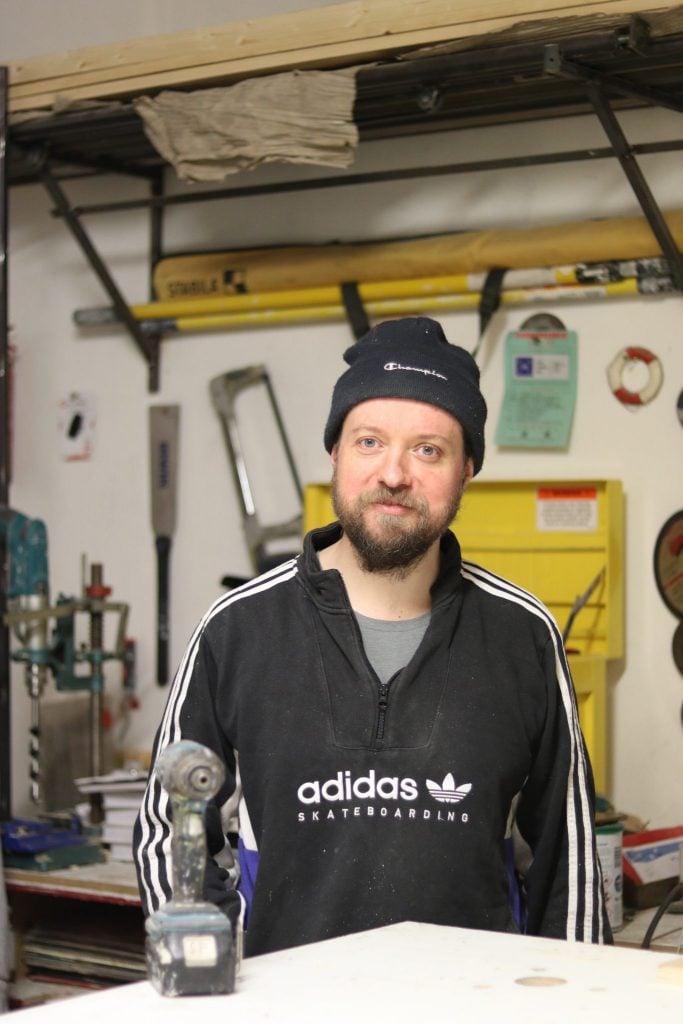
Credit: Benjamin Nuttall
What are the main themes running through your work?
I think the main themes began when I started a theatre set-building apprenticeship. I had given up making art and just wanted a creative job. After 6 months of learning my craft I started to realise that there where things in it that interested me. Within the set-building process I quickly realised I was more interested in the back of the theatre sets rather than the front – the things you where not meant to see. The timber structure at the back or underneath the set.
I took that idea and started looking at the contemporary built environment, I was interested in shopping centres and supermarkets. Looking at the utility of polished floors. False ceilings. It was the function of theses spaces and the rationale behind the design. And like the theatre sets, the things you are not meant to see, the void between a false ceilings and the pipes in-between cavity walls. It’s the function which is preferable over design that interests me.
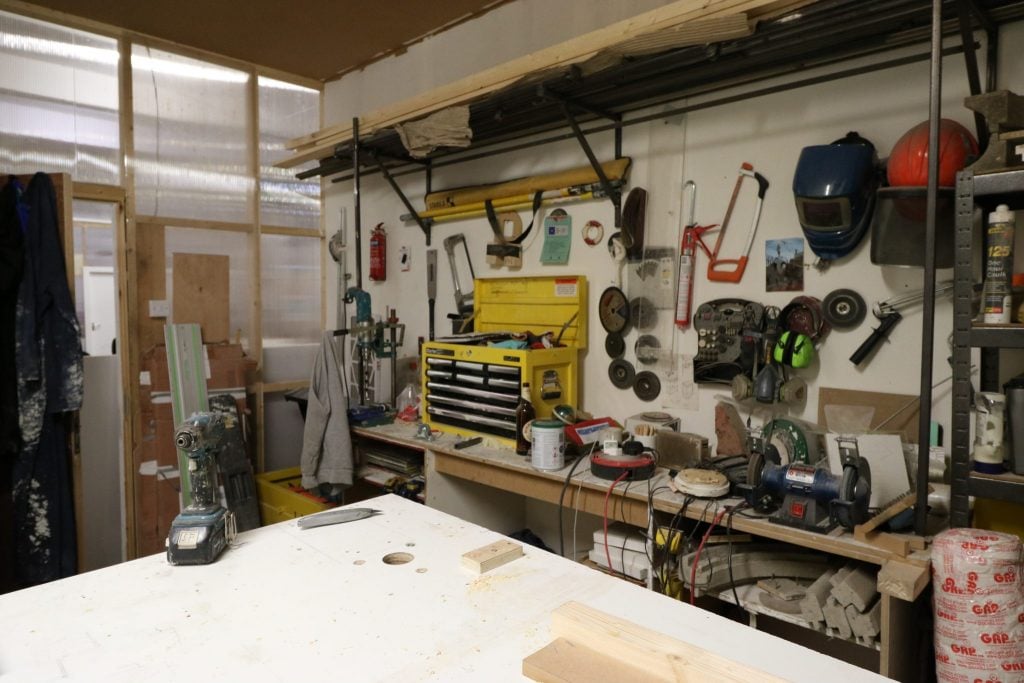
What kind of materials do you work with and why have you chosen them?
I cast most of my work in concrete and jesmonite. I found out by casting the components I wasn’t limited by the dimensions you get from construction materials. This meant that I could think about the thickness of the cast components in relation to their function.
Your artist statement says that “function here is prioritised over design”. What would you say is the function of your artwork?
I suppose I’m imagining the function that the work could have. The last work I made is a concrete floor with removable tiles raised off the floor by concrete beams. The space underneath the floor, for possible cables pipes really interests me. It has a utility to it.
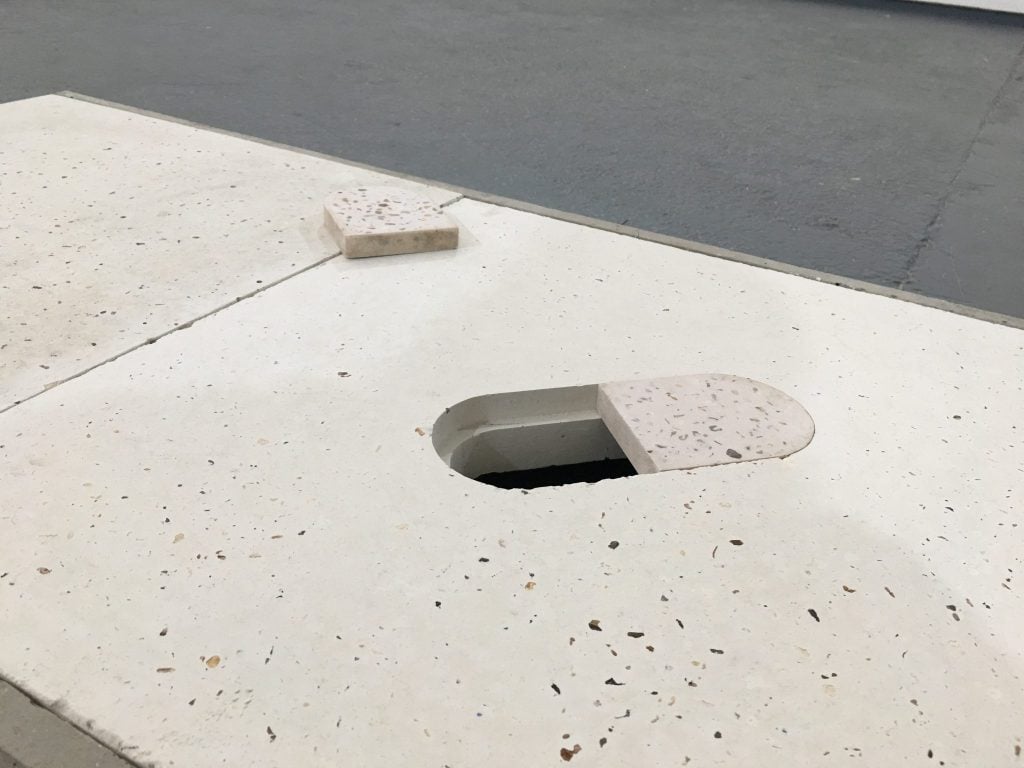
Stephen Forge, Untitled, 2020
So if you’re most interested in the function of the object, is the aesthetic important?
I think within making the work it all has an aesthetic, it’s unavoidable. I suppose it’s more about achieving the right aesthetic. Using concrete to cast the floor work and polishing the surface to reveal the aggregate. The material is cast instead of having a painted layer on the surface to look like something else, like fake marble for example.
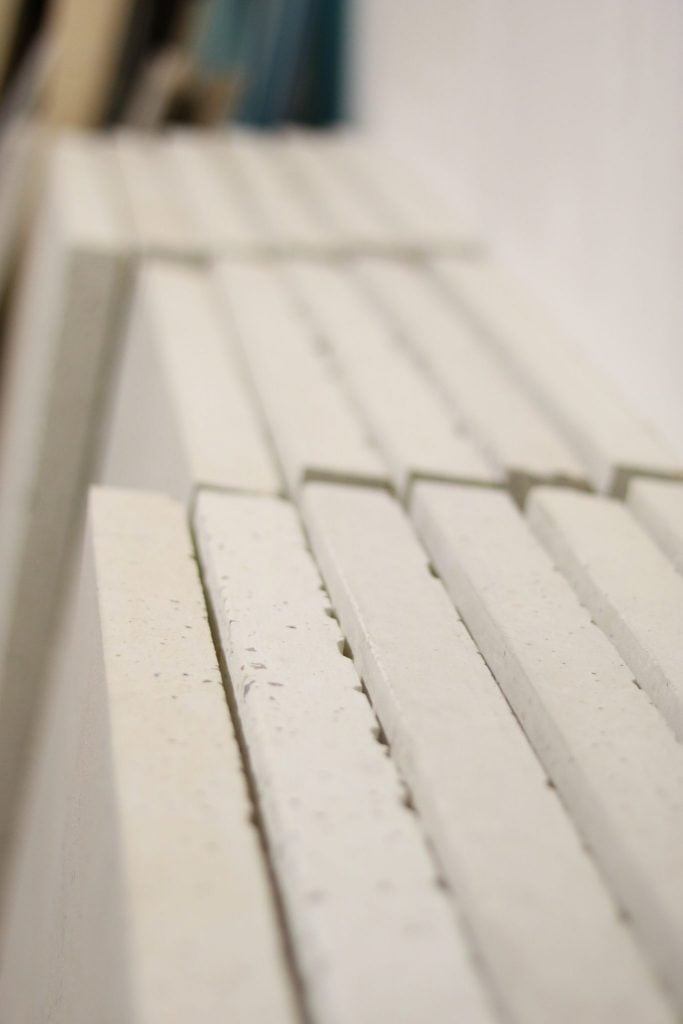
Credit: Benjamin Nuttall
There’s an undeniable minimalism to your work. Where does this preference for simplicity come from?
The minimalism comes from looking at architecture and public spaces. It’s often contemplating health and safety or the utility of the object I’m making. Focusing on component parts and their shape, rather than the overall shape. Casting cross-sections to highlight the dimensions of the components and how they fit together. Repeating sections, considering the scale of the work, is important. Having been making large works, the additional smaller cast inserts have been a new development in the work which really feels like a breakthrough. This allows me to use a model grid where I can remove sections and add new smaller works, which in turn allows the work to evolve and be reassembled in different configurations.
Do you prepare precise plans and drawings before you start working on a new piece?
I spend a lot of time drawing, for weeks before I make the work. When I learn something new – that will be the point when I start making the work. The drawings are detailed technical examples of what the work could be. I don’t draw the dimensions – I mostly work out the size of the parts when I’m making the work. I need to physically see the scale of the parts to get a feel for it before making the work.
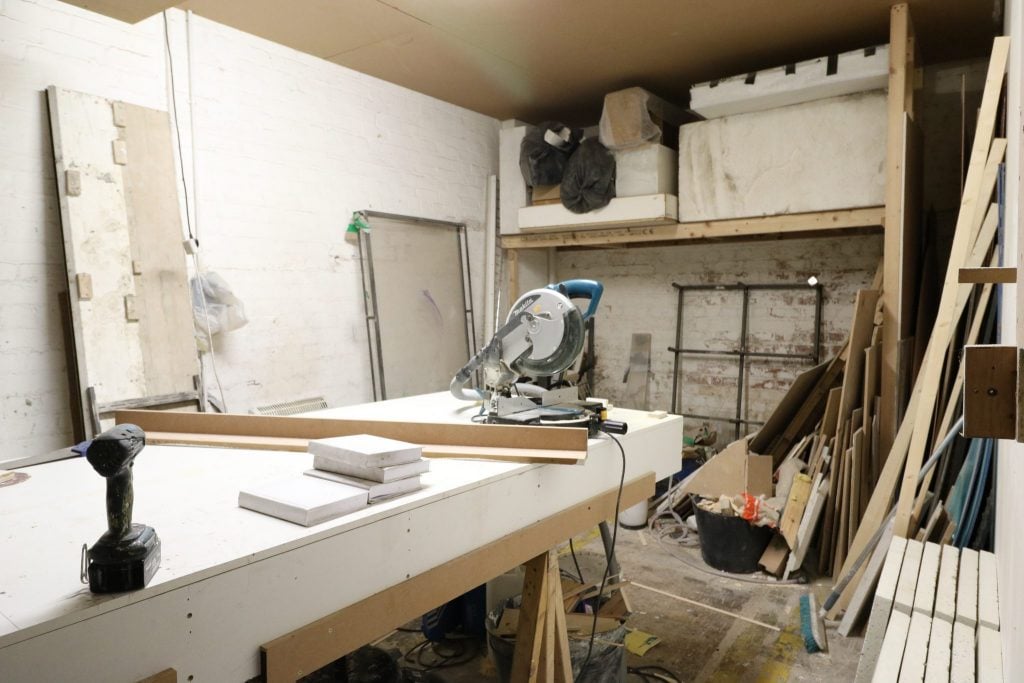
Credit: Benjamin Nuttall
Tell me about your studio. What’s the one piece of equipment you couldn’t survive without as an artist?
There are a lot of essential tools. It would have to be two tools I couldn’t live without: the circular saw for making the moulds and the diamond polisher for preparing the surface of the concrete. So, the first tool and the last tool in the process of making the work.
To see more of Stephen’s work go to https://www.stephenforge.co.uk/.
Filed under: Art & Photography
Tagged with: architecture, artist, built environment, collaboration, concrete, drawing, functional, gallery, interview, jesmonite, minimalism, sculpture, set building, Studio, studio visit, The Royal Standard, tools
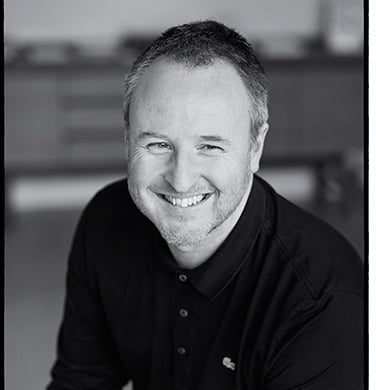


Comments